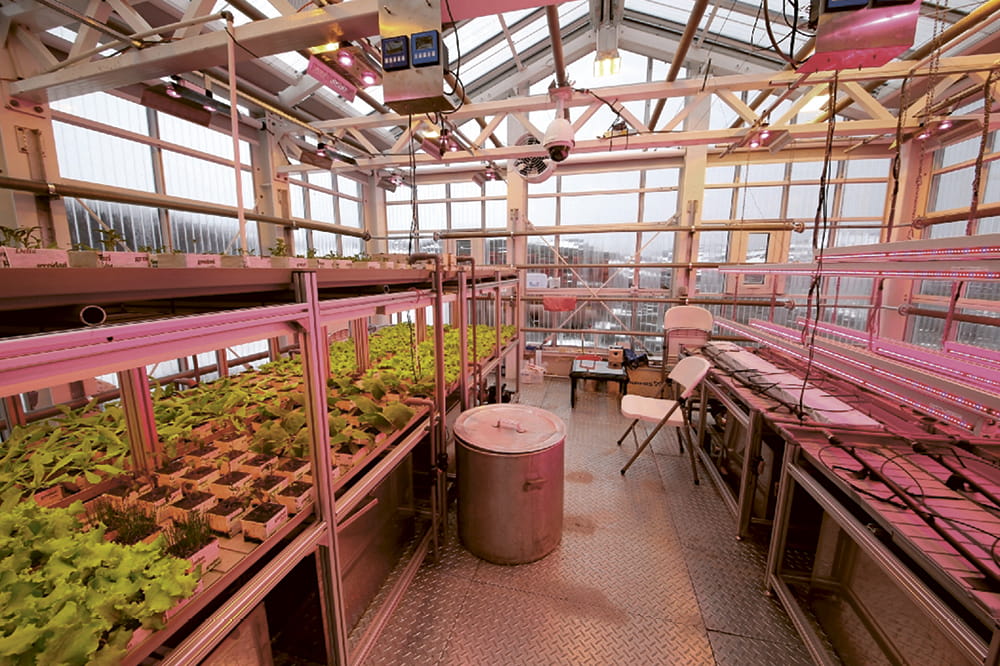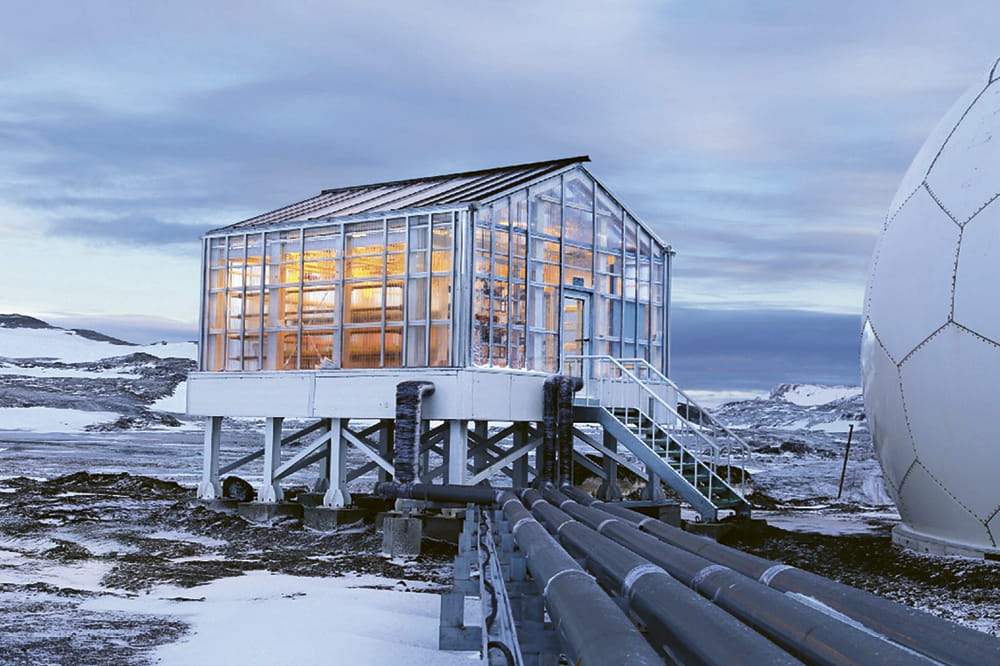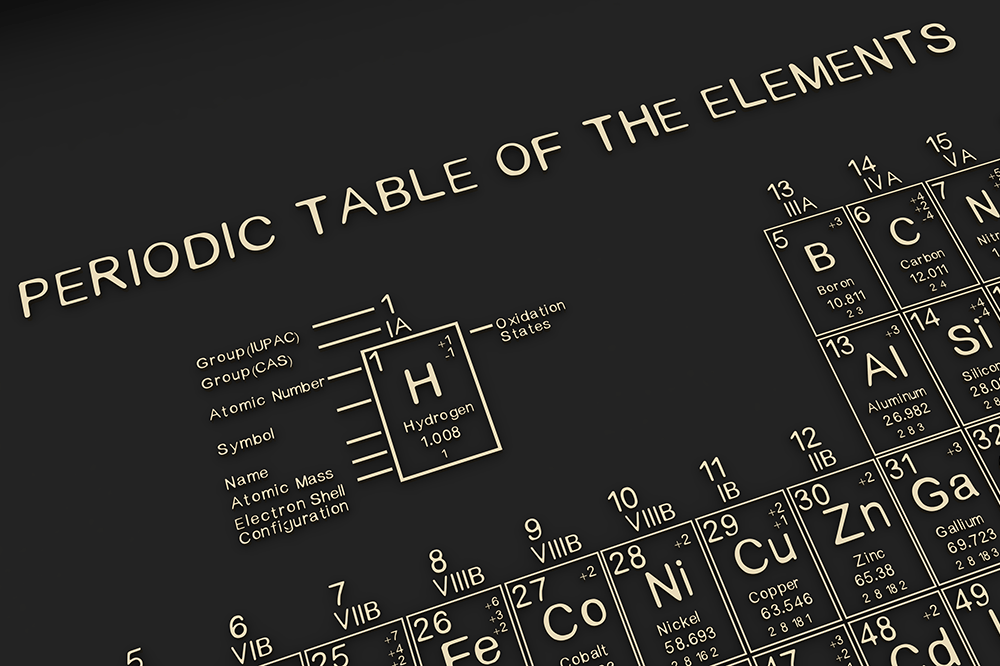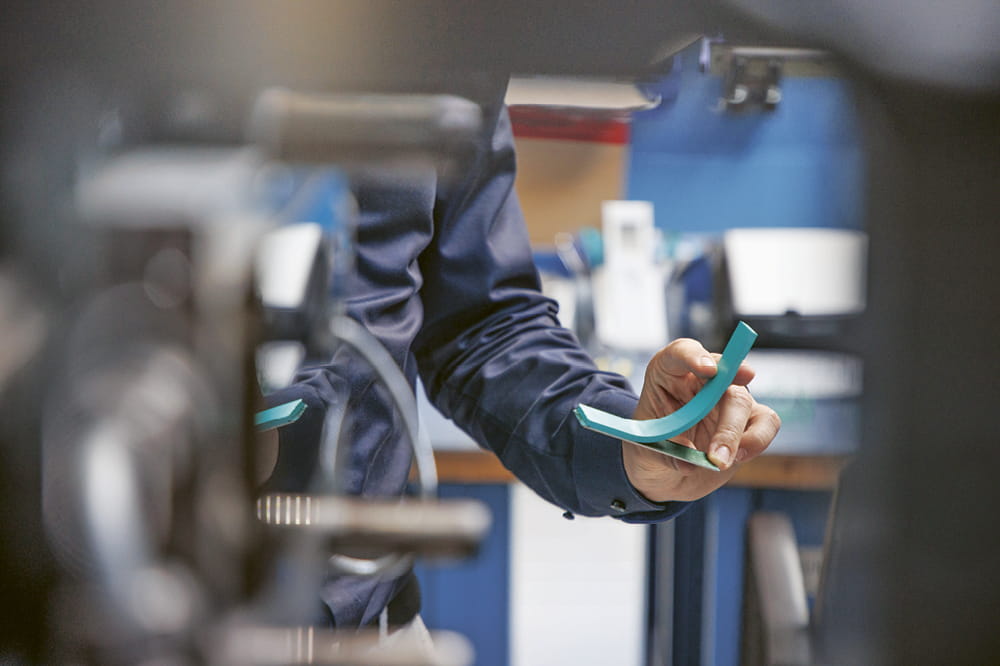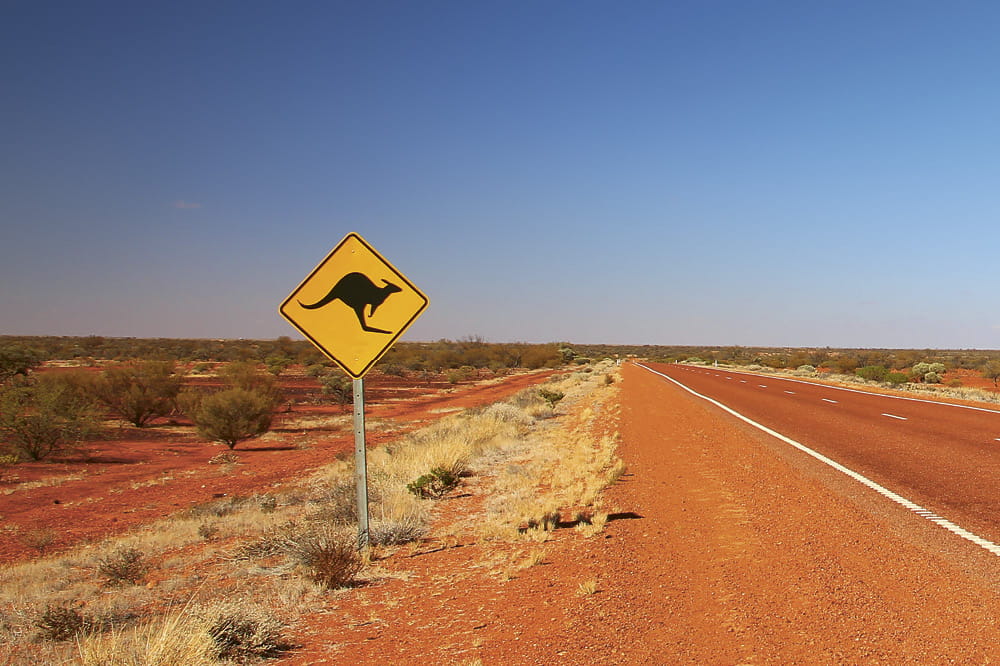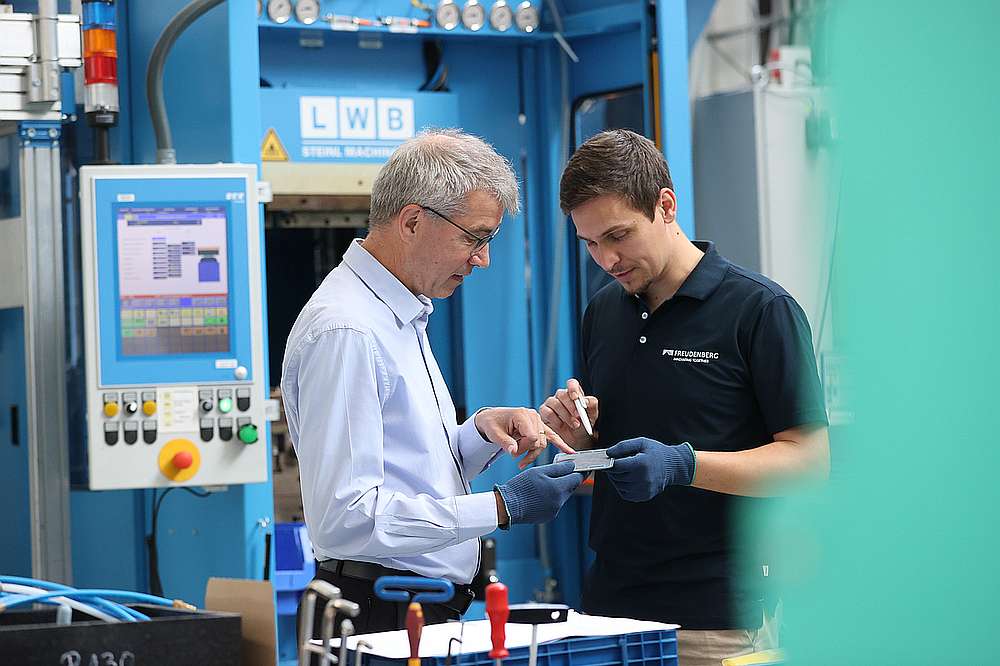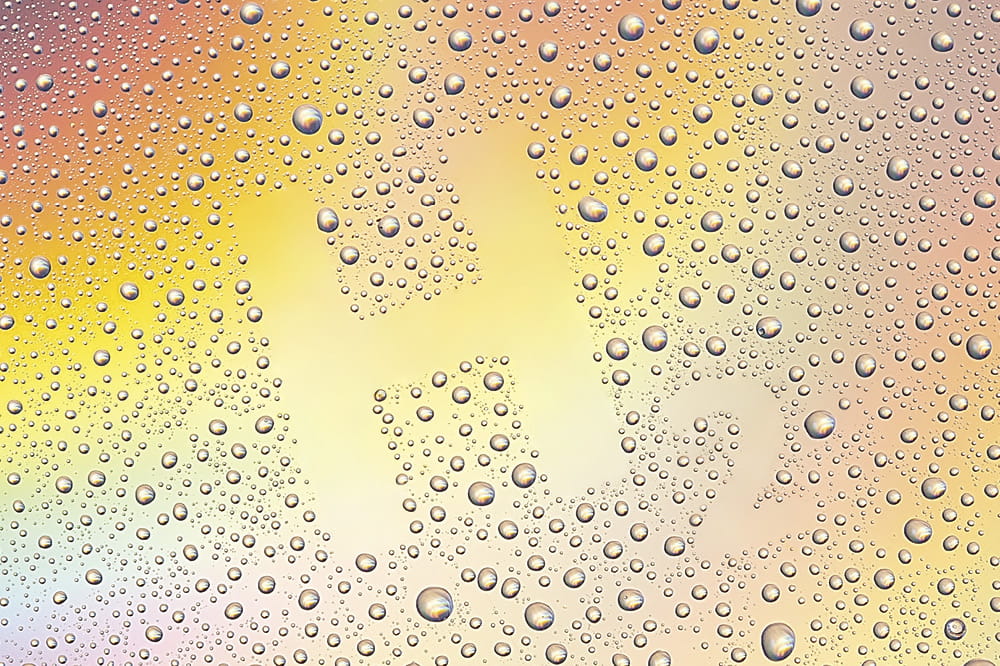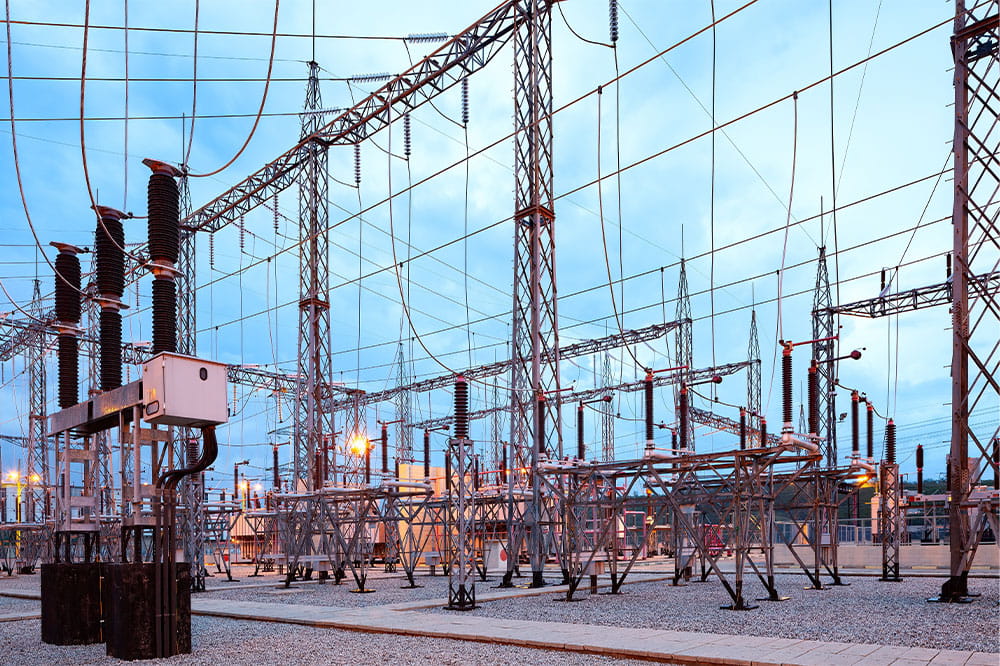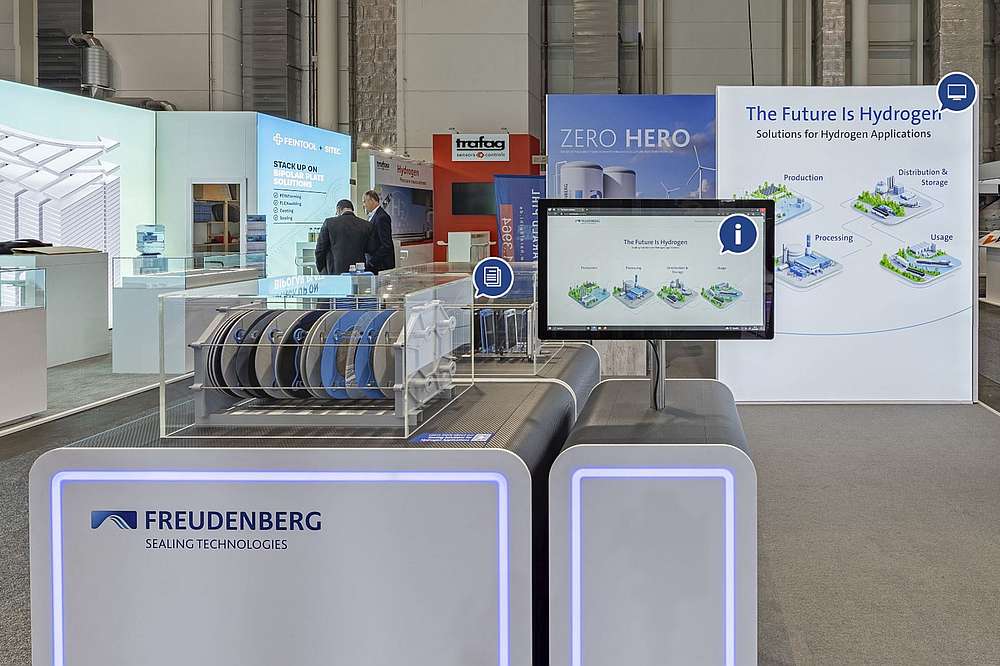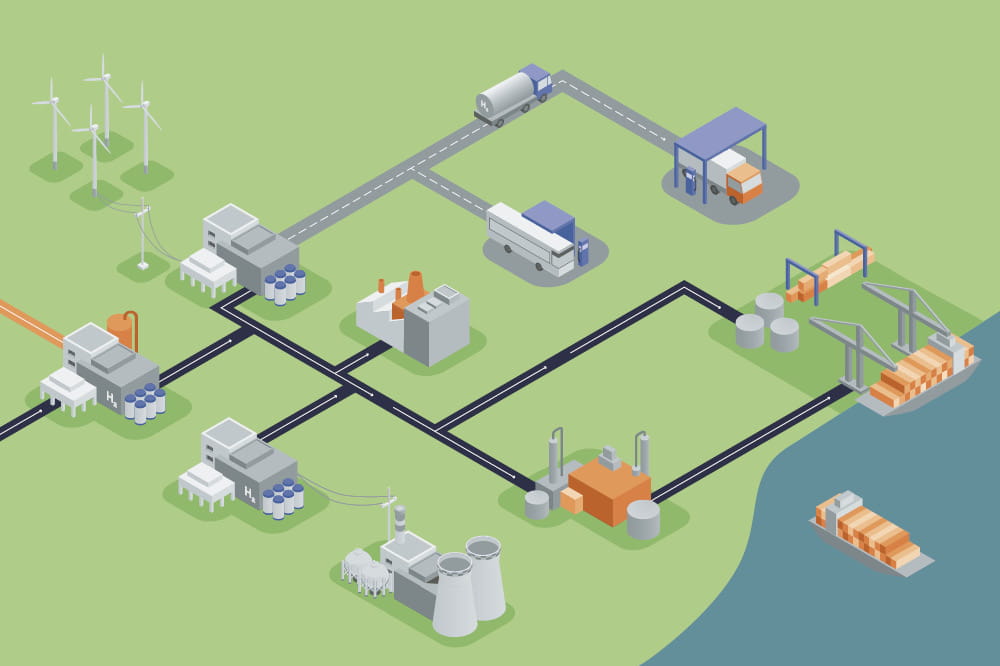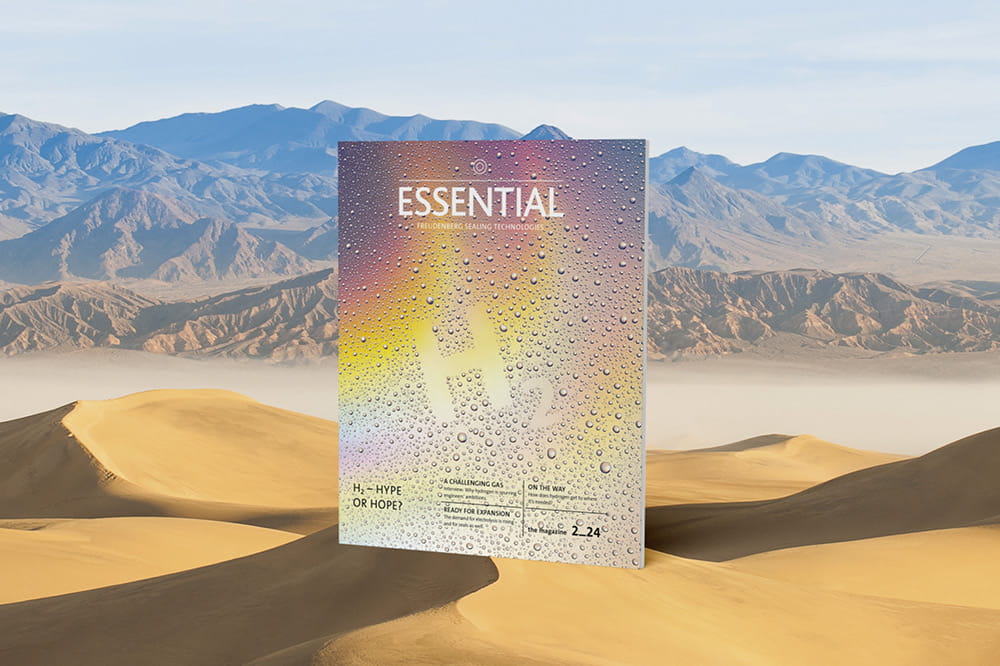Obtain news and background information about sealing technology, get in touch with innovative products – subscribe to the free e-mail newsletter.
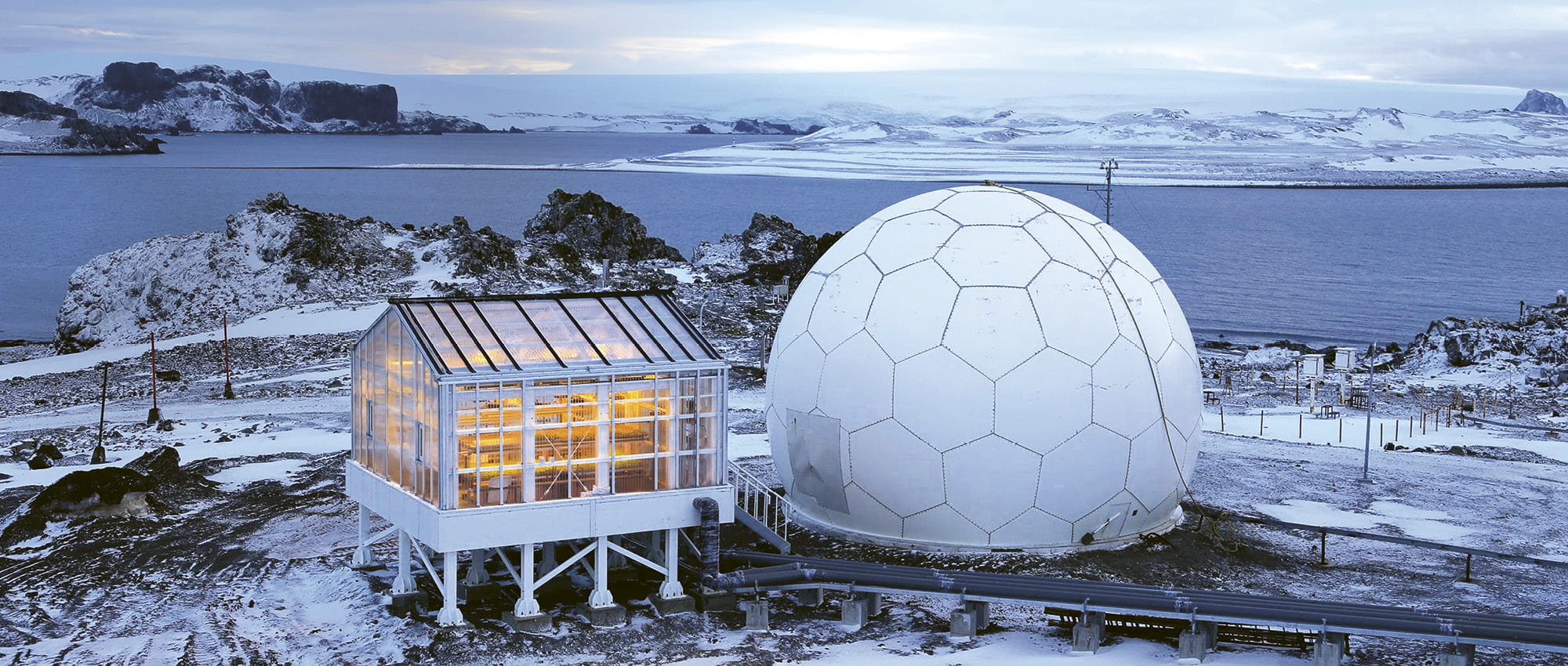
04.08.2020 | Story
Blossoms on the Eternal Ice
A plastic that helps to promote the growth of plants: Researchers are growing vegetables in the Antarctic. They owe their success to a group of chemists who invented the all-purpose material acrylic glass nearly a century ago.
The world is gray, the air icy and the earth frozen. There is snow, scree and a barren landscape as far as the eye can see. That’s no surprise at temperatures of – 22 °F, complete with storms and permafrost. In summer in the Antarctic, just a small quantity of low-lying grasses and herbaceous plants grow out of the cracks in the rocks.
There is an exception to the sterility: At China’s “Great Wall” research station, tomatoes are ripening, along with cucumbers, peppers and lettuce. In the middle of a barren icy desert, a greenhouse rises almost defiantly on metal stilts against the polar sky. The researchers here have been able to supply themselves with fresh vegetables since 2015. Before that, they only had frozen foods and canned goods. Over the decades, polar researchers have longed for fresh vegetables in vain. After all, a greenhouse in the Antarctic is a challenge to planners and materials. “The extreme weather conditions have made it especially difficult to find the right materials,” says Le Lu of Shanghai Dushi, the engineer who built the greenhouse.
Insulate, Keep Bad Weather Out, Let Light In
The project required a material that is both highly transparent and resistant to extreme conditions. It wasn’t enough to provide the plants with the agreeable temperatures in the greenhouse’s interior and to water and fertilize them: Plants need light. And during the summer months, there is light the entire day on King George Island in the South Shetland Islands archipelago – but due to the angle of the earth’s axis, the sun’s rays strike the ground so obliquely that they have little energy left. So the material for the greenhouse had to provide insulation, stand up to storms and allow both ultraviolet radiation and light to pass through it – and do so over a period of years.
Of all the materials that we investigated, Plexiglas was best suited to our needs.
Le Lu of Shanghai Dushi, the engineer who built the greenhouse
The solution was a plastic. Polymethylmethacrylate, or just acrylic glass or PMMA for short, and even better-known by the brand-name Plexiglas, a product from Röhm GmbH. It was first produced in the form of thin transparent plates by German chemists led by Dr. Otto Röhm in 1933. But the material is capable of much more. It is highly resistant to aging and retains its robust character even when exposed to chemicals. It can also be shaped, glued or cut very easily. PMMA became a key material for designers and architects, as well as for illuminated advertising and car headlamps. Submarines depend on it during their dives, and airplane manufacturers use it in windows. Greenhouses get the benefits of ample sunlight thanks to Plexiglas, even when conditions are not as extreme as those in the Antarctic. “Of all the materials that we investigated, Plexiglas was best suited to our needs,” Le Lu notes. In this case, special multi-skin sheets used in the greenhouse’s construction insulate significantly better than simple glazing. And with 91 percent transparency, they ensure that the plants get enough sunlight.
Cultivating Plants Where They Are Needed
At the same time, the Antarctic project is more than just a special feat to make healthier food available to polar researchers. Indoor farming could be a good way to handle food production in the future – growing crops where people need them, whether in the middle of a city, in inhospitable regions or in harsh climates. Acrylic glass will be able to play to its strengths in these cases. This plastic can be altered to allow precisely the wavelengths that plants need to grow. It remains stable with regard to ultraviolet radiation and doesn’t yellow like many other transparent plastics.
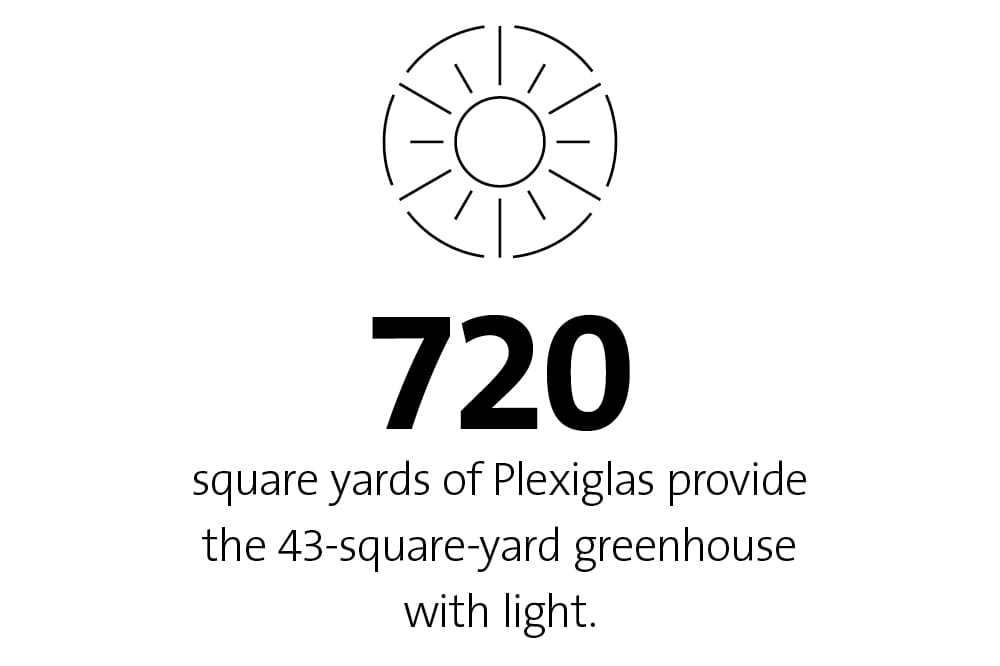
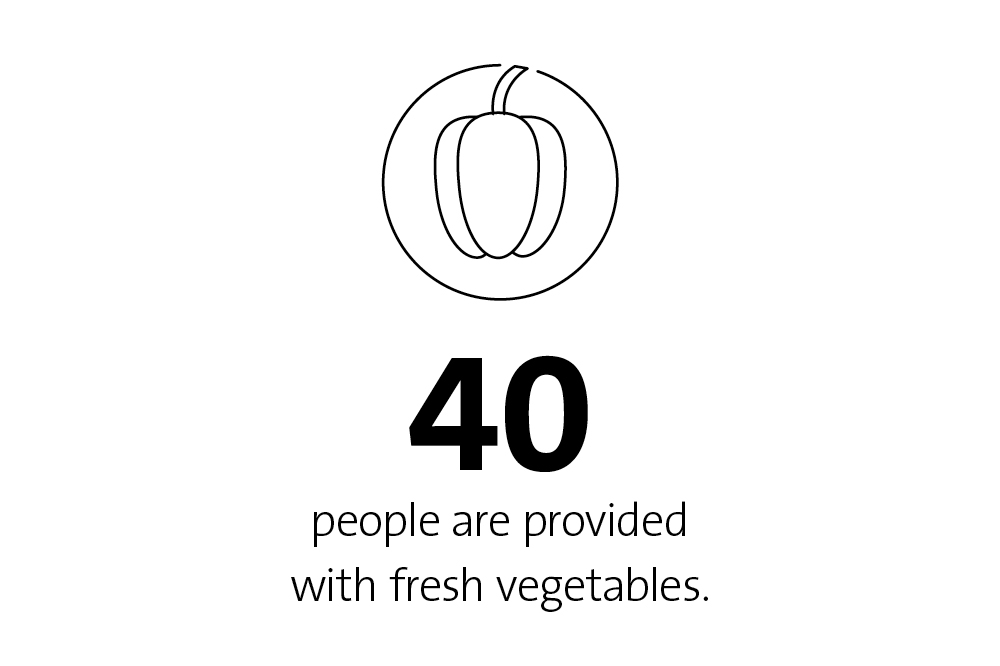
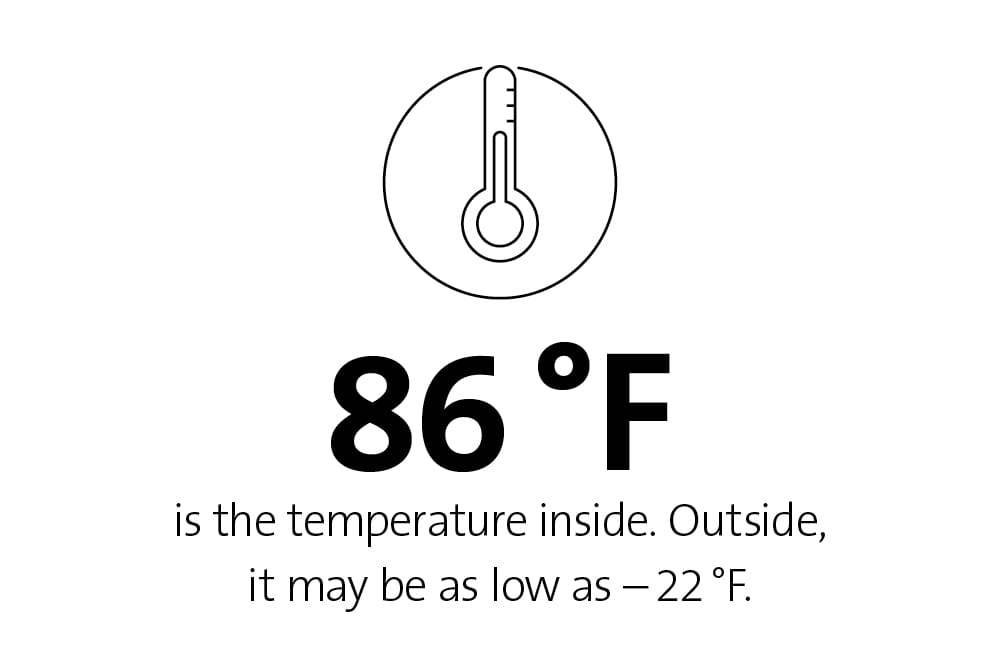
The chemists who followed in Röhm’s footsteps have introduced all kinds of variations under the Plexiglas trade name. They include the especially resistant types of acrylic glass used in vehicle design elements, along with varieties that are especially good at scattering or directing light. Röhm and his research team naturally could not imagine 21st century cars or the relentless advance of LED lighting back in their day — when they actually wanted to create “transparent rubber.” In 1933, acrylic glass was invented in part by accident like so many other plastics. Incidentally, 1933 was the year that American polar explorer Lincoln Ellsworth began his attempt to make the first-ever crossing of Antarctica in an aircraft. And no one was thinking about tomatoes and cucumbers growing above the eternal ice back then.
This article originally appeared in ESSENTIAL, Freudenberg Sealing Technologies’ corporate magazine that covers, trends, industries and new ideas.
More news on the subject Sustainability

Join Us!
Experience Freudenberg Sealing Technologies, its products and service offerings in text and videos, network with colleagues and stakeholders, and make valuable business contacts.
Connect on LinkedIn! open_in_new